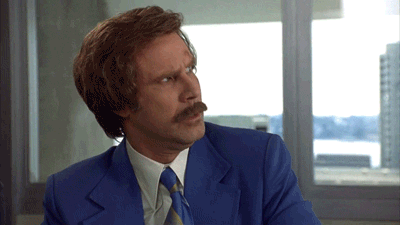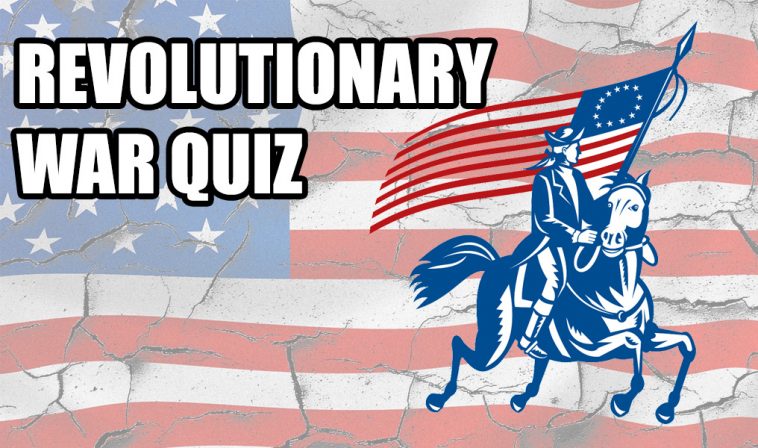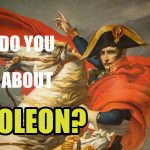Who wrote the Declaration of Independence?
Ben Franklin spent much of the war as an ambassador to this country and in between baguettes managed to secure its support for the American cause.
The last major battle of the Revolution, the Siege of Yorktown, saw the surrender of this British general to French and American forces.
The crossing of this river by George Washington is the stuff of legend, but it was only the first step in a brilliant plan that would see multiple American victories in and around Trenton, NJ in 1776-7.
“No ______ without Representation” was one of the main rallying cries voiced by the colonists against British rule.
This once great American general’s traitorous actions against the colonies was considered so appalling that his name is still synonymous with treachery to this day.
Where was the shot that started the war fired?
This patriot and founder of the Sons of Liberty raised hell against the Crown and organized the Boston Tea Party:
This patriot is considered the father of the American navy and would be quite helpful when the levee breaks.
Which Founding Father signed his name so large on the Declaration that the British could practically see it from the Moon?




Share your Results:
The American Revolution – also called the American Revolutionary War – was the insurrection fought between 1775 and 1783, by which 13 of Britain’s North American colonies overthrew the British rule to establish the sovereign United States, founded with the Declaration of Independence in 1776. British attempts to assert greater control over colonial affairs after a long period of salutary negligence, including the imposition of unpopular taxes, contributed to the growing alienation between the crown and a large and influential segment of settlers who finally seen the armed rebellion as the only recourse.
The American Revolution was mainly caused by British colonial opposition attempts to impose greater control over the colonies and reimburse them for their defense during the French and Indian War (1754-1763). Britain did this primarily by imposing a number of deeply unpopular laws and taxes, including the Sugar Act (1764), the Stamp Act (1765) and the so-called Intolerable Acts (1774).
Until the beginning of 1778, the American Revolution was a civil war within the British Empire, but it became an international war, as France (in 1778) and Spain (in 1779) joined the colonies against Great Britain. The Netherlands, which was engaged in its own war with Britain, provided financial support to the Americans as well as official recognition of their independence. The French navy in particular played a key role in bringing British surrender to Yorktown, which effectively ended the war.
In the early stages of the rebellion by American settlers, most of them still saw themselves as English subjects who were denied their rights as such. “Taxation without representation is a tyranny,” James Otis said in protest of the lack of colonial representation in parliament. However, what made the American Revolution most like a civil war was the fact that about a third of the settlers, known as loyalists (or conservatives), continued to support and fight for the crown.
Complete this quiz to find out how much do you know about the Revolutionary War.
- Which Community Character Are You? QUIZ - January 12, 2022
- Snowflake Test. Social & Political Views Quiz - January 12, 2022
- Which Teenage Mutant Ninja Turtles Character Are You? TMNT Quiz - January 11, 2022







GIPHY App Key not set. Please check settings